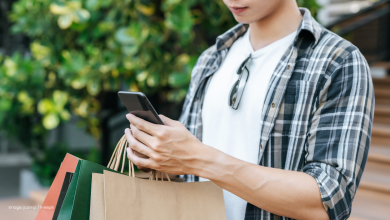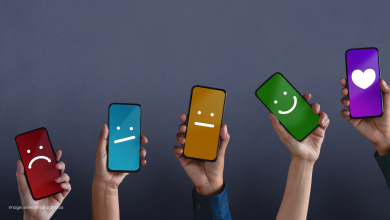
Pop-up stores have emerged, making brands shine their own personalities through immersive experiences for their customers. According to a report by Storefront, the global pop-up retail industry is expected to reach a market size of $80 billion this year, valued at $50 billion in 2019, underscoring the growing significance of this retail strategy. The increasing prevalence of pop-up stores is partly driven by business goals to drive awareness, strengthen customer connection and introduce new products, according to CapitalOne research. Therefore, businesses are increasingly chasing the potential of pop-up stores as a profitable strategy.
What is a pop-up store?
Pop-up stores are retail spaces that are available in various places for a short period of time. They can be found in the most unexpected places, be it indoors or outdoors. They’re not just confined to malls. They can appear in busy street markets, vacant shops, festivals, and trade shows. You might even stumble upon one in a popular shopping district or a public space like a park or plaza. The beauty of pop-up stores is that they’re only around for a short time, which adds to their appeal. They spark curiosity in shoppers to explore something new and unique before it’s gone.
What makes pop-up stores so attractive to new generations?
New generations like Gen Z and Gen MZ see pop-up stores as more than just shopping spots. They’re all about chasing new experiences. For them, pop-ups are a fun way to discover new brands, explore exclusive products, and dive into creative, personalized spaces. They love the excitement and urgency that come with these temporary stores, offering something fresh that you can’t find in ordinary retail stores
Beyond shopping, Gen Z and Gen MZ enjoy the visual aspects of pop-ups. These stores are often designed to look great on social media, making them perfect for sharing. They also appreciate the focus on sustainability and ethical choices that many pop-ups offer, which fits with their values. This attracts these new generations who like to discover new experiences, and it creates excitement.
How does it benefit brands?
It creates a sense of urgency and exclusivity
Since pop-up stores are only around for a limited time, they create a sense of exclusivity and urgency. The fear of missing out (FOMO) adds to this, making people feel like they need to check out these stores before they’re gone. The way each brand uniquely showcases its identity in a pop-up also sparks curiosity, drawing people in to see what it’s all about. Creating a sense of urgency makes people act quickly, boosting sales, and generating buzz for the brand.
It encourage people to talk about your brand
Pop-up stores are great at getting people to talk about your brand. They create unique, memorable experiences that naturally get shared, whether it’s through social media posts or conversations with friends. When people enjoy what they find at a pop-up, they’re excited to spread the word. This kind of organic buzz helps brands reach new audiences in a genuine and effortless way. Indirectly, it promotes your brand by just sharing their experiences online.
Meeting customer demands
When brands set up pop-up stores, this means they are openly engaging with their customers in a direct way. As consumer preferences evolve, with many leaning heavily into online shopping yet still craving in-person experiences, pop-up stores offer the perfect solution. They allow brands to meet this demand for physical retail while staying agile and adaptable. It’s a win-win: customers get the hands-on interaction they want, and brands benefit from a more direct and personal connection with their audience.
Receiving valuable insights through instant feedback
Through pop up stores, brands or businesses are able to receive feedback quickly. Customers are more likely to share honest feedback, especially when they receive incentives from the brands, such as from discounts and free samples. This is not limited to feedback during the event, but also online, through content creations shared by visitors that came by. A positive review on social media can boost engagement, which will encourage others to also come and visit the pop-up stores. By receiving honest and immediate feedback, brands could make changes to their offerings according to customer preferences and demands.
Conclusions
Pop-up stores enable brands to engage consumers in meaningful ways. By creating immersive experiences, these temporary spaces attract attention, compelling customers to come by. With the pop-up retail industry projected to reach $80 billion in 2024, brands are increasingly leveraging this approach to enhance visibility and customer connection.




